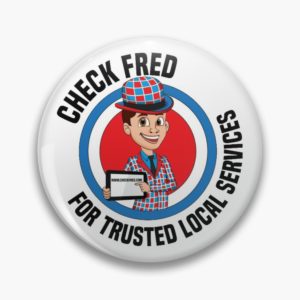Easy Guide to Composting
Making your own compost can be an economical way to use kitchen scraps and yard waste, and it is a natural means of keeping your yard, garden, and plants healthy. If you’d like to get started composting, here are some simple guidelines.
How Much?
Before you begin, sit down and think about how much compost you need, how much kitchen and yard waste you generate, and what kind of space you have. Depending on these factors, you’ll need to decide whether or not you want to go with indoor or outdoor composting, whether or not you want to use worms, and whether or not you want a bin.
Indoor composting is recommended for people whose space is limited, such as those with small houses and yards or apartment dwellers.
Worms are often used in small, indoor compost systems.
For those with larger outdoor areas, compost bins can be built outdoors for little money and effort. You can also compost without a bin and simply make a pile in a sheltered corner of your yard.
Build the Bin
If you are going to compost indoors, you will need a container of some sort, and worms are considered essential for indoor composting. You can purchase a ready-made worm composting system, or you can make your own by poking holes in an opaque, plastic container and setting it on a drainage tray. The worms initially feed on wet, shredded newspaper; then you begin adding kitchen scraps and more newspaper. The worm bin should never be allowed to get below 55 degrees.
For an outdoor bin, a low-cost, easy method is to use wooden packing pallets. Most stores that receive shipments in these slatted containers are fine with people taking them (use packing pallets are usually discarded). You just need four of the pallets to make an open-topped square to hold your compost. You can wire or nail them together; just make sure one side is easily removed so you can access the compost.
Piles of Compost
If you don’t want to build a bin, you can just make a pile of yard and kitchen scraps. You will need to turn it often to keep its heaped shape, but this basic method can work. It seems to work best if the compost pile is against a house or other building.
Compost Care and Feeding
Excepting dairy products, fish and meat, you can put most kitchen scraps into your compost, including egg shells, tea leaves, and coffee grounds. Any organic matter from your yard can be added, such as hay, straw, cut grass, leaves, mulch, wood chips, and slender prunings from shrubs. You can also add a modest amount of shredded newspaper. Any paper, however, takes longer to decompose.
If you have chickens, the cleanings from their coop can be added to the compost. Chicken manure makes the compost rich and full of nutrients. However, the waste from other pets (dogs, cats, etc.) should not be added to compost.
Turn your compost once a month or so, stirring to aerate it and get the top layer down into the middle.
Water your compost briefly with a garden hose if the weather is very dry. Better yet, water it with rain water from a rain barrel.
CONCLUSION;
Remember; having the right information will make your job much easier and can help ensure the lasting success of your garden.
If you don’t initially see what you’re looking for here, please use the ‘Search Bar’ in either the Sidebar or Footer.
Pete.
 Click The Button Above To Visit
Click The Button Above To Visit
‘The CheckFred Merch Shop’
.
